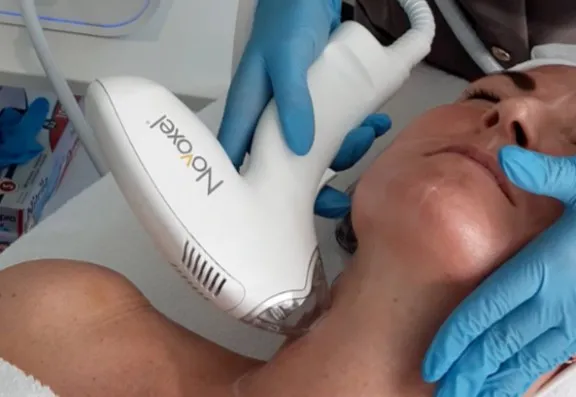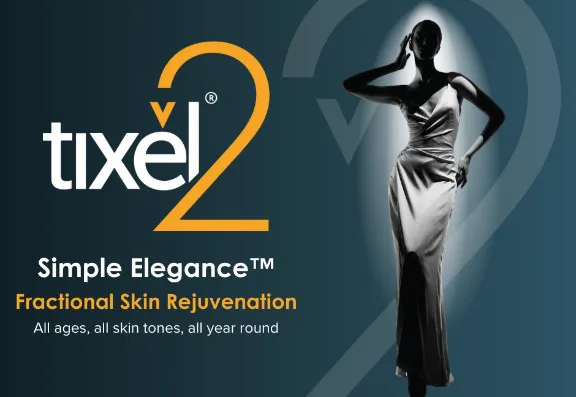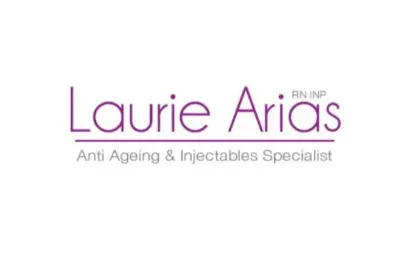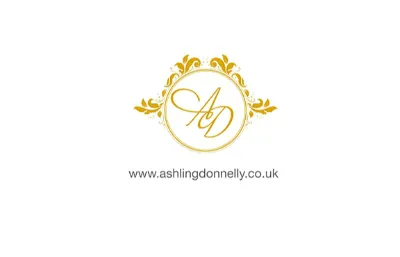Alright, let’s get straight to it. Ever touched something hot for a split second? Like, you barely feel it but you know it was hot? That’s kinda how Tixel works on your skin — but in a controlled, safe, and super effective way.
Thermo-Mechanical Action®
Tixel uses Thermo-Mechanical Action (TMA®). Sounds like a mouthful, right? But here’s the deal: it’s a fancy way of saying, “We use heat, not lasers or needles, to make your skin better.” A little titanium tip heats up to 400°C (yes, that’s hot — but don’t worry, it’s safe) and quickly taps your skin. Like, blink-and-you-miss-it fast.
The tip doesn’t poke or slice the skin. Instead, it presses gently, creating microthermal zones — teeny tiny spots that your skin reads as a "wake-up call." No bleeding, no wounds, no drama.
It’s Like Microneedling, But Without the Needles
If you’ve ever shivered at the thought of needles, good news — Tixel doesn’t use them. It skips the pokes and dives straight into what your skin needs: collagen stimulation. Imagine giving your skin a workout but without actually doing anything physically intense.
People often ask, “Does it hurt?” Honestly? It feels warm, maybe a bit like a quick zap, but nothing crazy. No numbing cream? Totally doable for most folks. And if you’re super sensitive? A fan or a bit of chilled air can help.
Why It’s Safer Than Traditional Methods
Tixel is non-ablative, meaning it doesn’t remove layers of your skin like CO2 lasers do. Your skin’s outermost layer, the stratum corneum, stays intact. That’s your skin’s natural barrier, kind of like armor. Keeping it untouched means less risk of infection, faster healing, and less redness post-treatment.
Another win? It’s super friendly to all skin types. Darker skin tones often risk post-inflammatory hyperpigmentation (PIH) with lasers. Tixel? Way less risk, so it's a safer bet for more people.
Oh, and it’s delicate enough for tricky areas — think eyelids, neck, or even the chest. Places where lasers might be a big no-no.
Boosting Collagen and Skin Permeability
Here’s the magic part: when Tixel creates those microthermal zones, your body kicks into healing mode. Collagen production ramps up. Over time, that means firmer, smoother skin. Fine lines? Diminished. Scars? Softer. Pores? Less noticeable.
And because the skin’s now more absorbent post-treatment, any serums you apply after will sink in deeper. It’s like giving your skincare a backstage pass to where it can really make a difference.
What Can You Expect?
After a session, you might look a bit pink — kinda like you had a brisk walk on a cold day. Maybe some mild swelling. But it fades fast. In 24–48 hours, most people look normal again, minus some subtle bronzing that flakes off naturally over the next few days.
No heavy creams, no complicated aftercare. Just moisturise, slap on some SPF, and you’re good to go.




